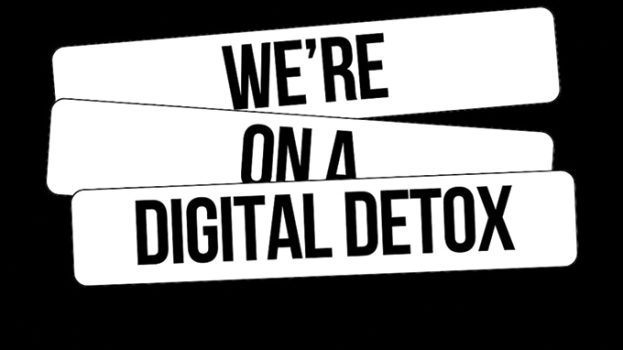One of the big trends attendees had their eyes open for heading into this year’s CES was artificial intelligence, and the annual showcase of the very latest in consumer tech seemed to deliver.
Between Publicis Groupe enlisting an AI-powered robot to deliver a powerpoint presentation to The Weather Channel using IBM’s Watson platform to operate late-night food trucks, there was an array of applications shown off for deep learning machines. But what managed to eclipse them all was a company that didn’t even have an official presence at CES: Amazon.
While only a select few items at last year’s show featured integration with Amazon’s intelligent personal assistant, this year everything from appliances to cars to TVs to lamps showed off new featured powered by its voice platform.
There’s no doubt that AI has developed in leaps and bounds over the last several years, and much of the hype is because research being done by start ups and established companies alike is getting closer and closer to fully responsive, learning machines. But in terms of what people are actually interacting with, Alexa is at the leading edge of the kind of AI that is available to consumers right now.
And that points to another innovation impacting consumer behaviour right now: voice control.
“Because of Amazon, the idea that voice is navigation, OS and interface has advanced at a pace far faster than the adoption of everything else,” Mitch Joel, president of digital agency Mirum. “The true output of CES and shows like it is always ‘how commercialized are the products consumers are really going to be interacting with?’ The most dominant was the idea of voice. It is a huge leap that’s been made over one year.”
Indeed, most of products the utilized Alexa seemed to do so for its ability to respond to voice commands, with few exhibiting the ability to learn from choices and user behaviour. While personal assistants like Alexa are powered by some level of AI to recognize and respond to commands properly, it isn’t truly “learning” things or new behaviours from those commands.
“We saw things with what’s happening around AI and where it’s going, and that’s important and exciting. But we’re still not seeing the consumer-side output for it,” Joel says.
“People tend to mystify things. What we’re talking about with ‘true’ AI is when a computer of some kind is giving you a result that no human programmed. I didn’t see anything that had reached that breakthrough.”
That might seem like a pedantic stance, but from the perspective of a consumer interacting with currently available intelligent devices, the experience is no different than if all of its responses had been set up by a programmer. That’s why, for Joel, voice is the much more compelling innovation: it is starting to have an observable impact on the way consumers interact with products and services.
“The easiest way for a human to interact with something is with voice, and that’s become a huge thing, especially for marketers,” Joel says. “It’s easier and more intuitive for us to say something than it is to type it out or to move a mouse or swipe your finger across a screen. Voice is the most intuitive instrument we have, and now we’re seeing tech that can replicate that, so you need to keep that in mind when think of how consumers are going to be reached going forward.”
























